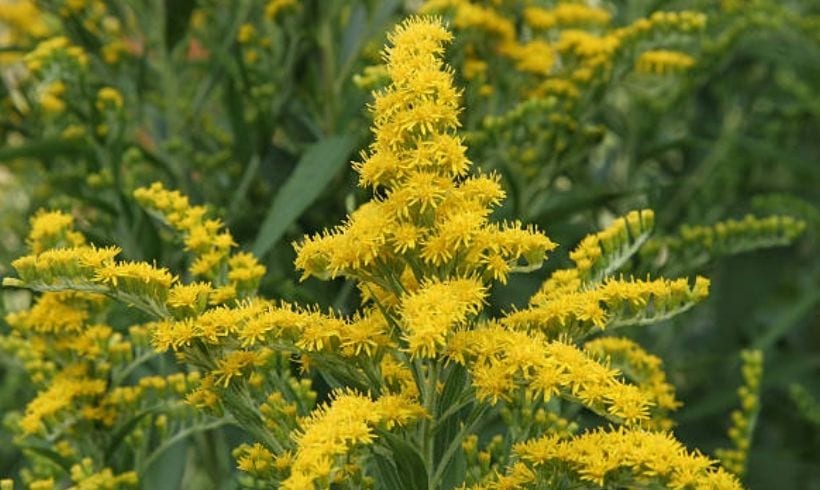Late Bloomers
The view from my window shows a season of change. Bees picking up tiny suitcases of pollen drone past, too busy at work to pay me any mind. The butterfly bush attracts great spangled fritillary and monarch butterflies that land and flutter like showy baubles. Before the monarchs move south on their long journey to Mexico, Teatown educators join thousands of other citizen scientist volunteers across the country that catch, tag, and release monarchs as part of Monarch Watch. Information gathered during Monarch Watch provides valuable data on how the monarch migration functions, including the timing and pacing of the migration, impacts due to weather, drought, and other environmental factors, and a look at the status of monarch populations.

Late blooming plants, the fireworks of fall, such as New York ironweed, cardinal flowers, goldenrods, and coneflowers, are nature’s way of ensuring that bees, butterflies, and birds get that last burst of energy to see them through the changing season. The flowers’ punch of vivid colors brightens the late summer landscape of fading greenery. Hummingbirds sip nectar from the brilliant red blossoms of cardinal flower and pollinate them at the same time. The many yellow arching plumes of goldenrod hide both predator and prey. Crab spiders and ambush bugs lie in wait for unsuspecting flies and bees idly consuming nectar. Jewelweed or touch-me-not grows abundantly in damp soils, their yellow-orange spurred flowers providing bright spots in dense shade. At this time of year, plump dangling seed capsules triggered by wind and movement, send seeds flying. Many a Teatown educator has derived endless pleasure in catapulting seeds and sharing that skill with others!
 The dried flower stalks and seed-heads of coneflowers, joe pye-weed, and black-eyed susans, left to stand in the flower garden, attract goldfinches and chickadees throughout the winter months. Mullein, with its rosette of soft downy leaves and tall spike of yellow flowers, supported many insects during the summer; the now-faded spike hold-all for pepper-like seeds, lasts all winter, offering meals for downy woodpeckers and other small birds.
The dried flower stalks and seed-heads of coneflowers, joe pye-weed, and black-eyed susans, left to stand in the flower garden, attract goldfinches and chickadees throughout the winter months. Mullein, with its rosette of soft downy leaves and tall spike of yellow flowers, supported many insects during the summer; the now-faded spike hold-all for pepper-like seeds, lasts all winter, offering meals for downy woodpeckers and other small birds.
Many woodland plants have set berries that will provide food for migrating birds. Dogwood and spicebush are two understory trees whose berries, with their high fat content, are the fuel that sustain birds for long hauls and are favored by thrushes, mockingbirds, and bluebirds.
Catch these late blooms and berries before October’s cooler temperatures and shorter days begin the next spectacle in nature, the brilliance of autumn leaves!

About the Author
Phyllis Bock
Director of Education
Phyllis has worked at Teatown since October 1991, when she began as a volunteer Nature Guide. Ms. Bock possesses a BA Biology from Queens College, CUNY. As Education Director, she takes to heart Teatown’s mission and encourages young and old alike to embrace all that nature has to offer. She can often be found hiking or kayaking somewhere in the Hudson Valley.



Leave a Reply